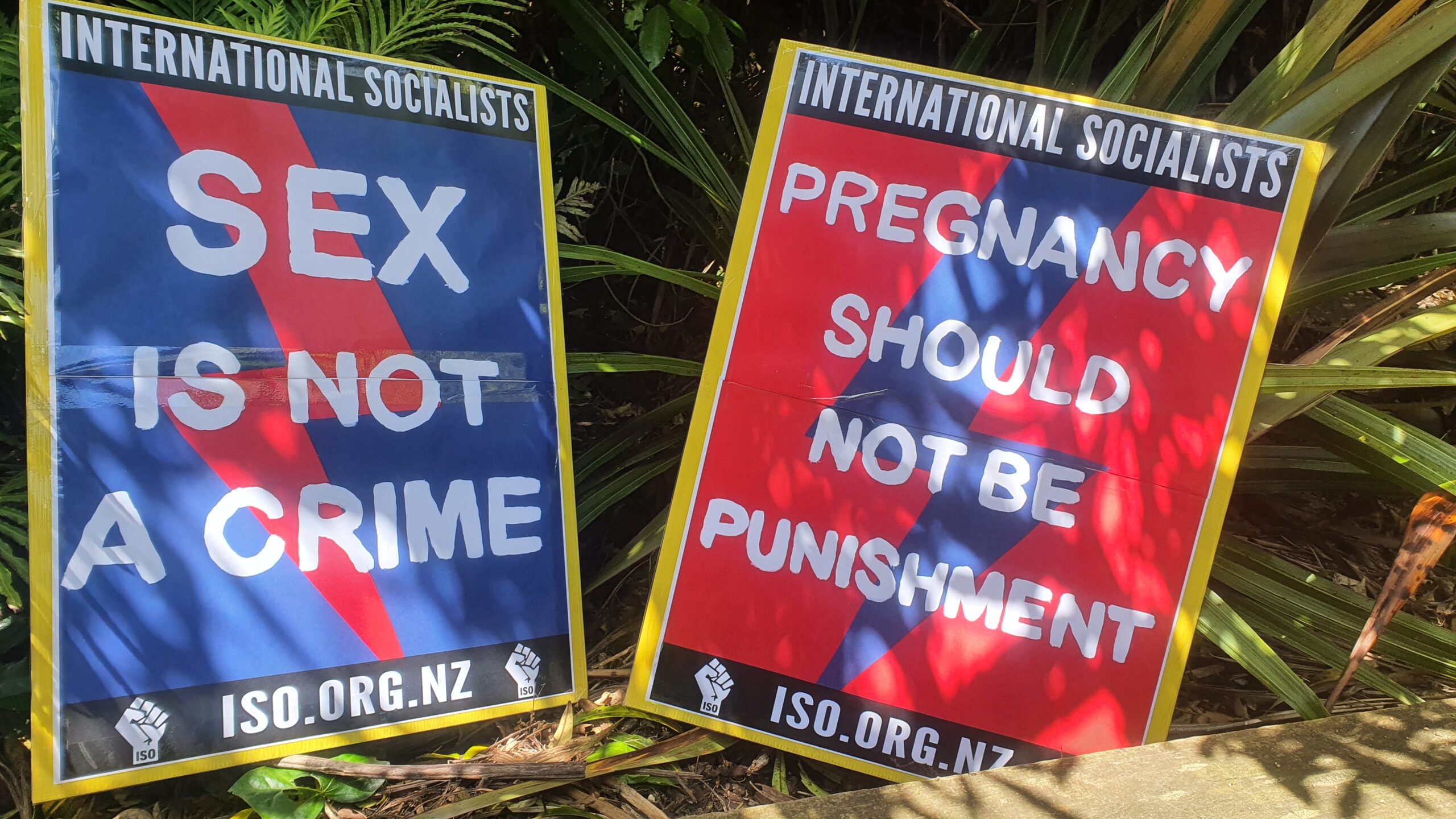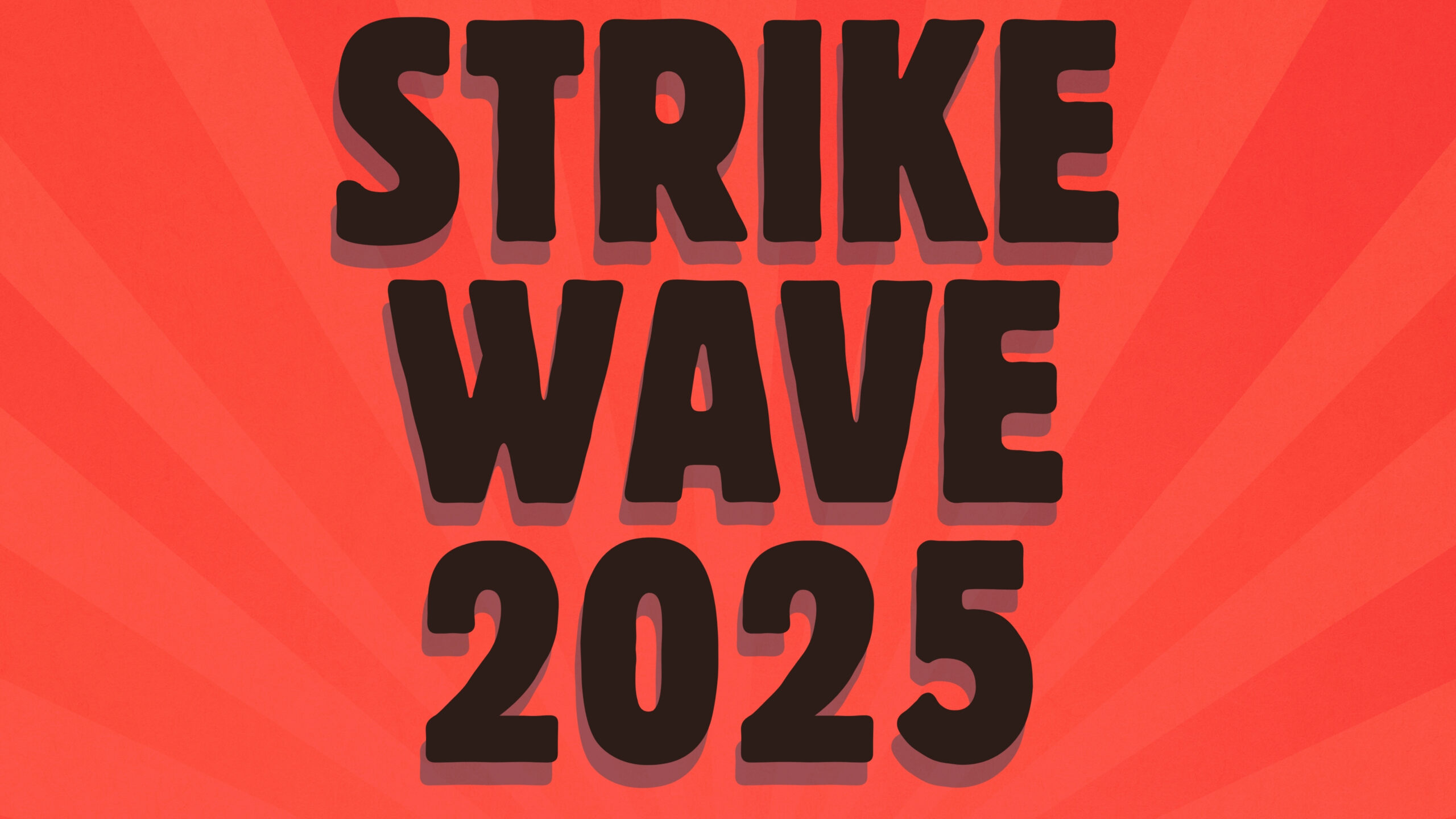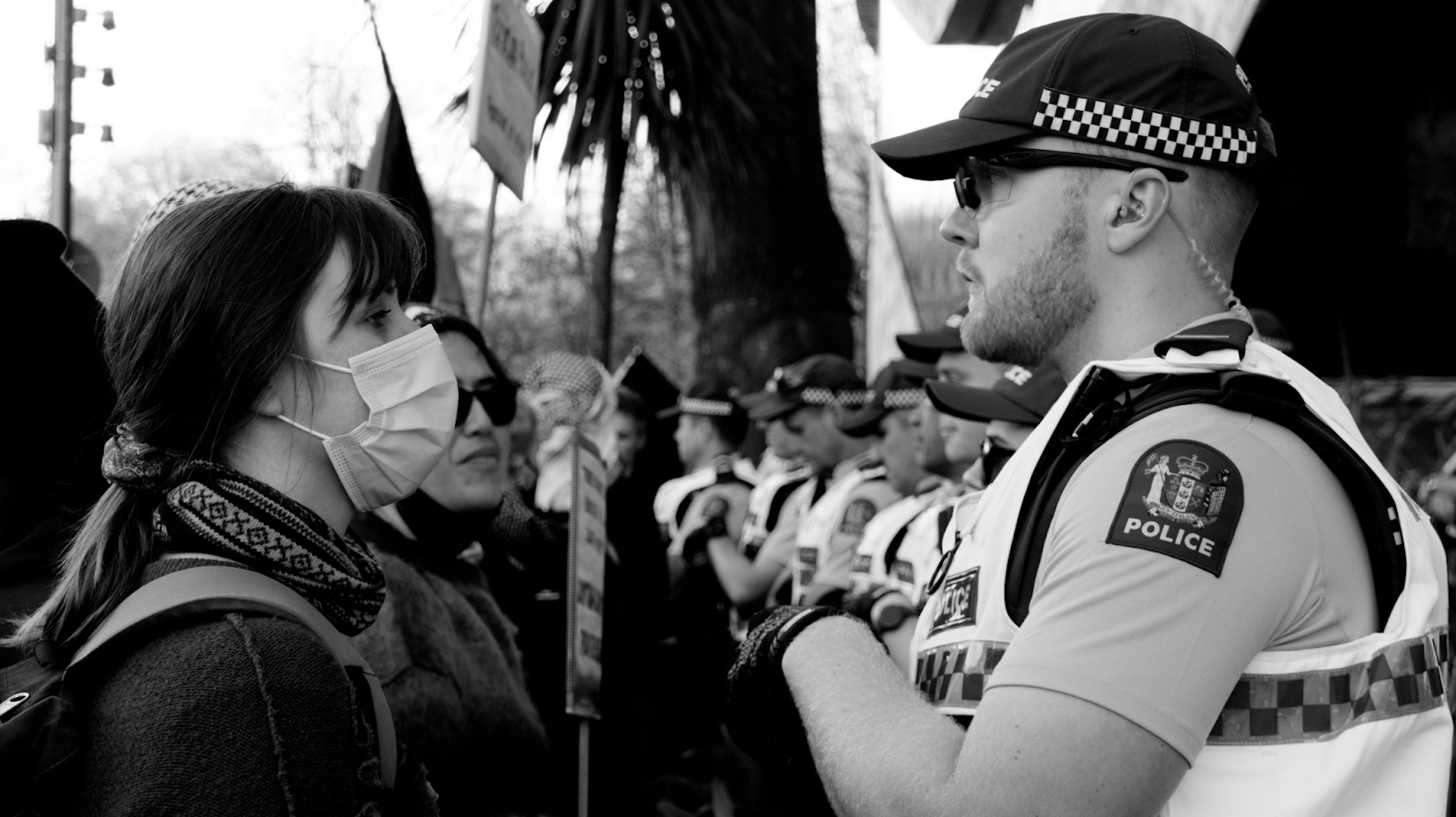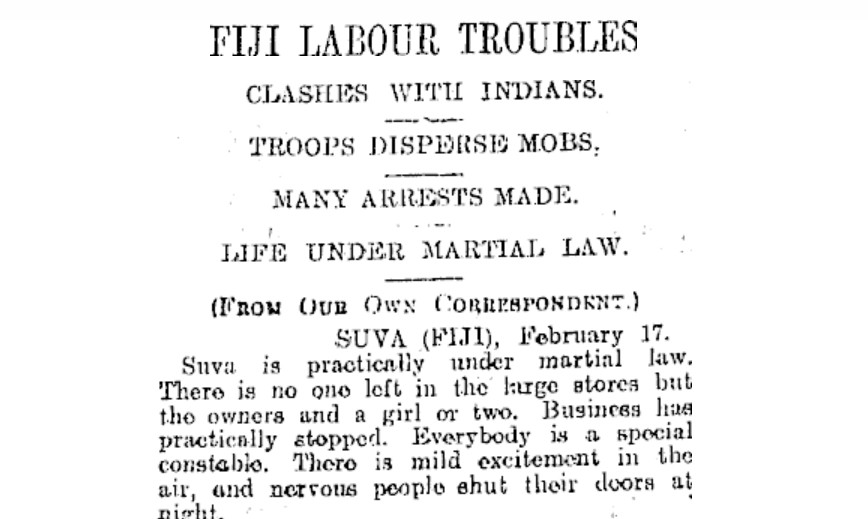Strikes work. That’s the lesson of the teachers’ industrial action in May and earlier. Chris Hipkins said there was no more money. Within days of the teachers’ action – a massive rallying of primary and secondary striking together – an additional $271 million were somehow discovered. Teachers went on strike not just for their own pay, but for public education generally. There is a crisis in New Zealand schools, with short staffing, turnover, and teachers leaving the profession. That affects us all. The strikes raised these important issues.
So the members of secondary teachers’ union PPTA and primary teachers’ union NZEI should feel great pride in their unity and power. We brought education to the centre of the debate, and we won an important, if partial victory.
But it’s a bittersweet win, and many were looking for more. Only 65% of PPTA members voted to accept the government’s offer; the margin was, as the Dominion Post put it ‘slim’. Many were prepared to take the fight further. This offer presents a significant increase in some teachers’ pay of 15 – 18 %. But it is a stop-gap measure at best. It will not fix the present crisis.
At the heart of the teachers’ campaign was not just money or time but a crisis. Too few people are training as teachers, and too many teachers leave within the first five years of teaching. The average age of a primary teacher is 55 years old. In secondary schools, the crisis is evident as non-specialist teachers attempt to teach specialist classes to cover gaps. Some 40-50% of new teachers leave the profession within the first five years. Retention is a significant issue in the aging profession. The offer does not solve – or begin to solve – these real problems, problems that motivated teachers to strike in the first place.
An additional $271 million will be put towards teachers’ pay, and the offer restored pay parity for primary teachers – a guarantee of the same basic pay as secondary teachers. The offer also lifts the pay for an experienced teacher from $78,000 to $90,000.
How did we get here?
This is not the outright victory that many were hoping for. The Ministry, and the Minister, played an effective game of divide and conquer. They achieved this in two crucial ways.
The first divide was created between the two unions. The government’s revised offer met many of the NZEI’s members’ core concerns, and so it is not surprising that members voted overwhelmingly for it. But they did so before the PPTA had concluded its own paid union meetings and debates. Where once there was unity, the government had successfully introduced division.
The other significant divide was within the PPTA itself. The offer did represent a significant increase for a majority of teachers, who are on the top of the salary scale. However for starting teachers the offer was largely unchanged from what had previously been rejected in earlier paid union meetings. This in part explains the significant “no” vote. One can only wonder how much bigger the no vote could have been and what more we could have fought for if the Executive had recommended rejecting the offer.
No change in the crisis of retention and recruitment
To be clear, this current offer will not reverse the crisis in retention or recruitment for primary or secondary school teachers. There remain the damning statistics of the decline in teachers’ pay relative to other professions – a symptom of decades of underfunding by both Labour and National governments. There remains the fact that the profession is not attracting new graduates or those who want to retrain as a teacher. Most damningly, there remain the statistics that some 40-50% of new teachers leave the profession within the first five years. The 300 overseas teachers that Labour have brought in are a stopgap measure. This offer does not provide any solutions for those starting teachers thinking about entering the profession. It does nothing for those new teachers who are burning out in the first five years. It also does not give them the recognition that they are due to the enormous stress and workload are put under. The message that this offer gives them is that “they need to harden up” because they’ll eventually get to the top of the scale.
Teachers deserve more than around a 3% rise. As historian Ross Webb indicated in Jacobin, “Even their [teachers] current demand of a 16 percent pay rise over two years (which the government has sternly rejected) would fall short of getting teacher pay back to where it was twenty years ago.”
It’s an indictment that teachers are being denied residency by Immigration New Zealand because the base salary of a starting teacher is too low to apply under the Skilled Migrant category.
The Government’s priorities: curb public spending not investment in education
The Government could fix this issue of teachers’ recruitment and retention in one instance. And they won’t because they’d rather politically keep meeting targets that will benefit the status quo rather than prioritising those who need change.
They could spend their $5.5 billion surplus on the needs of housing, education, health and more.
They could junk their self-imposed Budget responsibility rules and borrow to invest in the future of education, health, and other critical services. The only reason the Government insists on keeping to their straitjacket is to keep their economic masters happy, those in the ruling class.
As economist Bernard Hickey commented on the recent “Well-Being” Budget, “While the Government is more focused on meeting its pure financial target of keeping net debt around 20 percent of GDP, it is essentially deciding that keeping interest rates low is more important than getting kids out of poverty and reducing the stress of painfully high housing costs.”
These are the priorities of the Labour coalition government: maintenance of business as usual.
Lessons from this campaign
The first and most obvious lesson is that unions are relevant, and have power. When teachers decide to withhold their labour, it is an action powerful enough to force the Ministry and the Minister to listen. Teachers were able to shut down thousands of schools nationwide and cause massive disruption to business as usual. For a small moment in time, the usually muted class divide is drawn starkly: which side are you on? Do you back the teachers? Strikes still remain our most powerful weapon in the class struggle.
With the significant “no” vote inside the PPTA, however, there are other lessons that need to be drawn out too.
NZEI and PPTA both ran campaigns on recruitment and retention. They have ended, however, in quite different positions. NZEI’s vision was limited to parity with the PPTA, while PPTA members wanted more. When the unions are fighting for different ends, the Ministry is able to divide and conquer. In this case, arguments over pay parity were used to limit both unions’ ability to fight a unified campaign. It left one union to fight for better pay and conditions for both unions without having the industrial might of both unions together. Such outcomes can only be avoided if both unions share the same end goal: not just parity between the two but real, concrete gains for both.
The other lesson is the messaging around the campaign. Both unions ran campaigns around “positive” messages like “Bring out the Best” or “Love Teachers”. The rationale for this was to highlight the need for community and whānau support. The support for teachers indeed was consistently high, despite media outlets’ attempts to try to find disgruntled parents. “We Back the Teachers” was an effective campaign slogan that thousands rallied to at the marches, and with posters, billboards, social media, and bumper car stickers.
That same emphasis on community, however, was used to reinforce arguments that this offer should be accepted. That we would lose community support if teachers were to reject the offer. There’s absolutely no evidence to support this, but given the focus on students and community, it proved to be an effective way to disorient teachers who were agitating for more action.
The final and most important lesson is the need for organisation. There was vibrant debate online and in meetings across the campaign. Connections were drawn and new members brought into the union through the experience of action – strikes, challenges to the powers that be, collective decision making. The campaign drew out a whole lot of people who were new to the union and new to union organising. Because the campaign was centred on the needs of new teachers it drew out their confidence to speak out and be active in union. This energy and this political determination will be vital as educators prepare for their next negotiations and further battles to come.
(Image credit: Brett Phibbs, NZ Herald)









